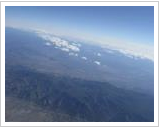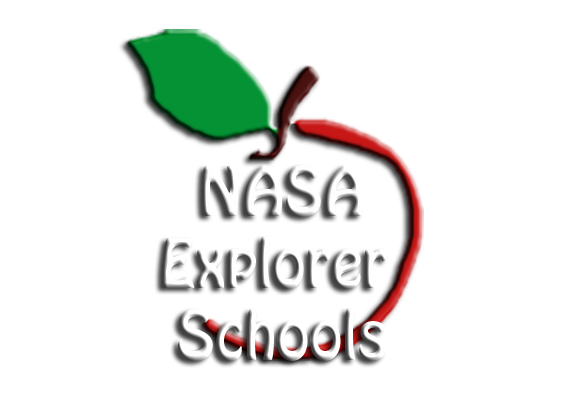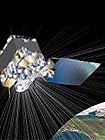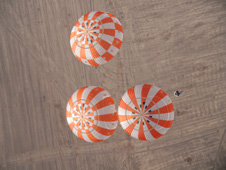With the moon as the most prominent object in the night sky and a major source of an invisible pull that creates ocean tides, many ancient cultures thought it could also affect our health or state of mind — the word “lunacy” has its origin in this belief. Now, a powerful combination of spacecraft and computer simulations is revealing that the moon does indeed have a far-reaching, invisible influence — on the sun, or more specifically, the solar wind.
To read more about our moon’s effect on solar wind, visit https://www.nasa.gov/topics/solarsystem/features/electric-moon.html.
This article is a great extension to the NASA Explorer Schools featured lesson, Geometry: Space Math Problems — Solar Storms. To access this lesson, visit http://explorerschools.nasa.gov.
Link to the NES Virtual Campus home page.

 NES educator Kaci Pilcher Heins has a great way to get students involved with STEM — high-altitude ballooning! She says, “Usually each state has a ballooning organization and is very willing to get students involved. We are heading to Embry Riddle Aeronautical University in Prescott tomorrow (April 12, 2012) to launch our payload of temperature sensor, pressure sensor, camera, and sensitive film to try and capture gamma rays on board a high-altitude balloon. This is also a great opportunity for my sixth-graders to talk with university students as we tour the campus.” Pilcher Heins reports that they are also using amateur radio with the repeater on the balloon.
NES educator Kaci Pilcher Heins has a great way to get students involved with STEM — high-altitude ballooning! She says, “Usually each state has a ballooning organization and is very willing to get students involved. We are heading to Embry Riddle Aeronautical University in Prescott tomorrow (April 12, 2012) to launch our payload of temperature sensor, pressure sensor, camera, and sensitive film to try and capture gamma rays on board a high-altitude balloon. This is also a great opportunity for my sixth-graders to talk with university students as we tour the campus.” Pilcher Heins reports that they are also using amateur radio with the repeater on the balloon.

 NASA Explorer Schools educator Kaci Pilcher Heins from Northland Preparatory Academy used the NES featured lesson Satellite Meteorology to introduce weather and climate to her sixth-grade students. Even though the lesson is written for upper grades, she modified the lesson using her own extensions.
NASA Explorer Schools educator Kaci Pilcher Heins from Northland Preparatory Academy used the NES featured lesson Satellite Meteorology to introduce weather and climate to her sixth-grade students. Even though the lesson is written for upper grades, she modified the lesson using her own extensions.
 NASA recently successfully conducted a drop test of the Orion crew vehicle’s entry, descent and landing parachutes high above the Arizona desert in preparation for the vehicle’s orbital flight test, Exploration Flight Test -1, in 2014. Orion will carry astronauts deeper into space than ever before, provide emergency abort capability, sustain the crew during space travel and ensure a safe re-entry and landing.
NASA recently successfully conducted a drop test of the Orion crew vehicle’s entry, descent and landing parachutes high above the Arizona desert in preparation for the vehicle’s orbital flight test, Exploration Flight Test -1, in 2014. Orion will carry astronauts deeper into space than ever before, provide emergency abort capability, sustain the crew during space travel and ensure a safe re-entry and landing.